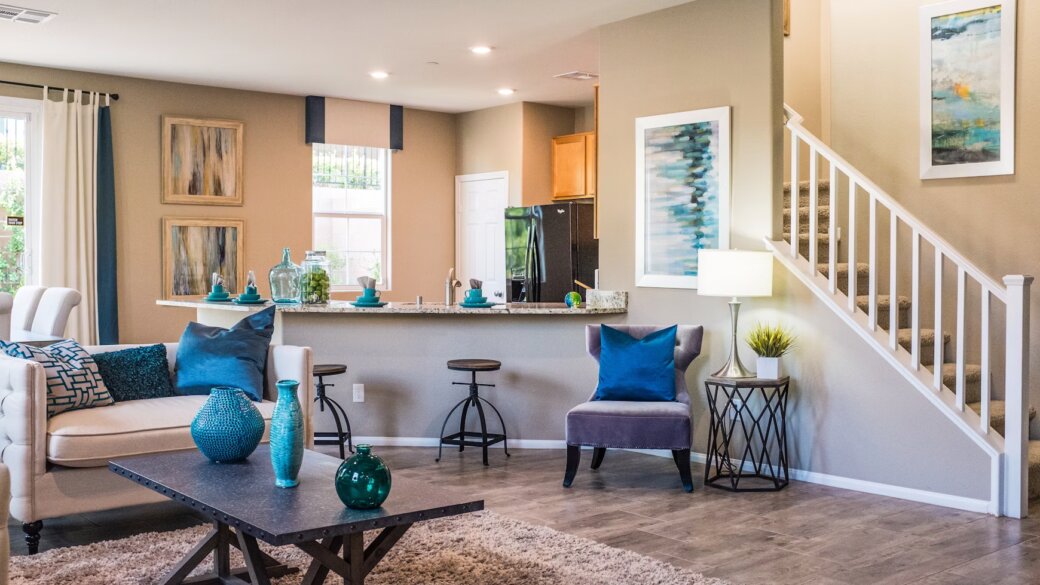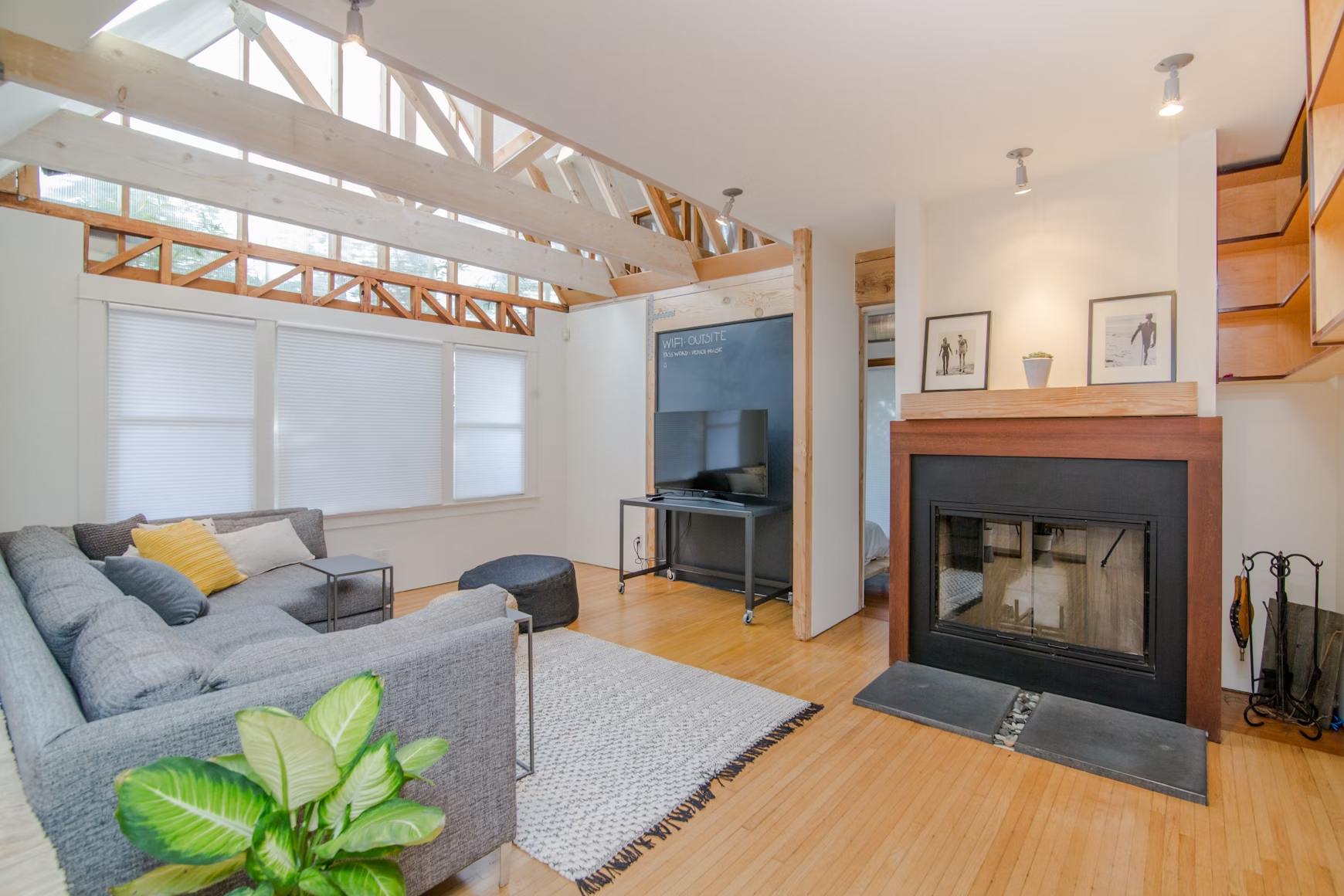A cohesive home design creates a sense of flow that connects each room into a unified, inviting space. Thoughtful choices in color, texture, lighting, and layout contribute to this effect. Instead of focusing on individual rooms as isolated projects, cohesive design considers how every element interacts across the entire home. This approach brings harmony, balance, and a polished aesthetic that feels intentional and comfortable.
Establishing a Consistent Color Palette
Color serves as the foundation for any cohesive interior. Selecting a primary palette and repeating its tones throughout the home creates visual continuity. Walls, floors, and larger furnishings often carry the main hues, while accents introduce complementary shades. Neutral tones help unify diverse spaces, while subtle variations add depth and interest without overwhelming the eye.
Using a consistent palette does not mean every room must look identical. Varying the intensity or placement of colors preserves individuality while maintaining harmony. A soft gray in one room may appear as a deeper charcoal in another, linking spaces naturally.
Unifying Through Lighting Choices
Lighting influences how spaces feel and function. Coordinated fixtures and well-planned lighting layers tie rooms together. For example, using similar finishes or design styles across light fixtures creates a sense of connection. Some homeowners choose to add charm with vintage-style chandeliers to bring elegance and personality while maintaining design cohesion. Placing statement fixtures strategically, such as above dining areas or entryways, establishes focal points that guide the eye smoothly from room to room.
Consistent use of warm or cool light temperatures throughout the home avoids jarring transitions. Layering ambient, task, and accent lighting ensures both aesthetic appeal and functionality.
Balancing Textures and Materials
Materials and textures play a critical role in cohesive design. Wood, metal, stone, and textiles each bring unique qualities that affect a room’s mood. Repeating key textures across multiple spaces connects them visually. For example, hardwood floors running continuously between rooms create seamless transitions, while consistent cabinetry finishes in kitchens and bathrooms reinforce unity.
Mixing textures thoughtfully prevents monotony. Pairing smooth surfaces with soft fabrics or natural fibers adds dimension while maintaining balance. Repetition and variation work together to create visual rhythm.
Coordinating Architectural Details
Architectural details like molding, door trim, flooring transitions, and window casings help define a home’s character. Keeping these elements consistent strengthens the sense of flow. Matching baseboards, interior doors, and hardware finishes across rooms ties different areas together subtly but effectively.
If a home features unique architectural elements, repeating or echoing those features elsewhere reinforces the overall theme. For instance, an archway between two rooms might inspire similar curved motifs in furniture or light fixtures.
Choosing Furniture With Purpose
Furniture anchors each room’s layout and plays a major role in cohesion. Selecting pieces that share complementary styles, materials, or colors ensures harmony even when individual rooms serve different functions. A contemporary sofa paired with modern dining chairs and streamlined bedroom furniture creates a unified aesthetic.
Open-concept homes benefit from furniture groupings that define zones while maintaining stylistic links. Using consistent shapes, finishes, or upholstery colors throughout creates flow while preserving clear distinctions between areas.
Connecting Spaces With Flooring
Flooring choices impact how people move through a home visually and physically. Consistent flooring materials across multiple rooms reduce interruptions in sightlines, making spaces feel larger and more connected. Even when different materials are necessary, choosing complementary tones or patterns maintains cohesion.
Area rugs offer opportunities to introduce texture and color while linking different rooms. Coordinating rug patterns or colors across spaces enhances unity without sacrificing personality.
Styling with Repeated Accents
Decorative elements bring personality to interiors while reinforcing cohesive themes. Repeating certain motifs, materials, or colors in artwork, textiles, and accessories strengthens the sense of connection. For example, using similar metallic finishes in light fixtures, picture frames, and table décor unifies separate spaces.
Strategic placement of recurring elements draws the eye naturally, creating a visual rhythm throughout the home. The key lies in repetition with variation, avoiding clutter while maintaining interest.
Considering Flow in Layout Planning
Furniture placement and traffic patterns influence how people experience a home. Thoughtful layouts create intuitive movement between rooms. Aligning pathways and maintaining clear sightlines contributes to a sense of harmony. For example, arranging seating to face shared focal points like fireplaces or windows encourages connection between spaces.
Open layouts benefit from subtle distinctions that maintain flow without abrupt changes. Rugs, lighting, or partial dividers define zones while preserving unity.
Cohesive home design blends color palettes, lighting choices, textures, architectural details, and thoughtful layouts into a harmonious whole. Consistency in flooring, furnishings, and decorative accents strengthens the flow between spaces. Subtle variations within a unified framework create interest without sacrificing balance. Through intentional choices and periodic refinements, homeowners craft interiors that feel connected, polished, and welcoming.


